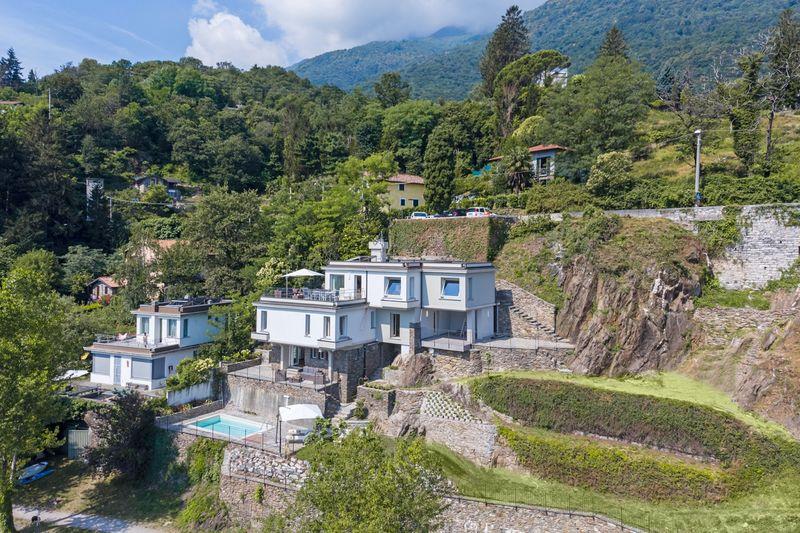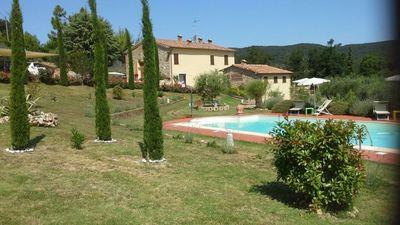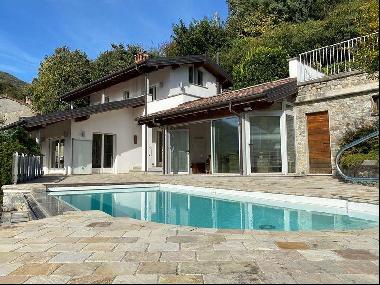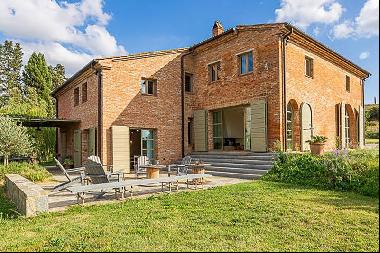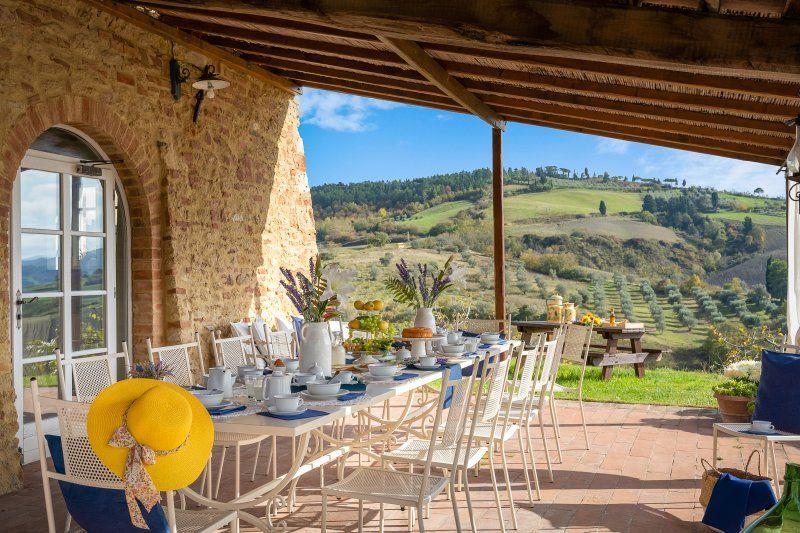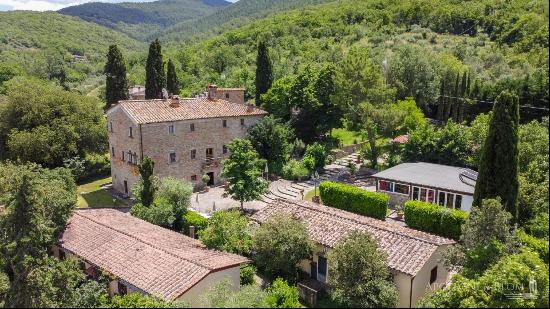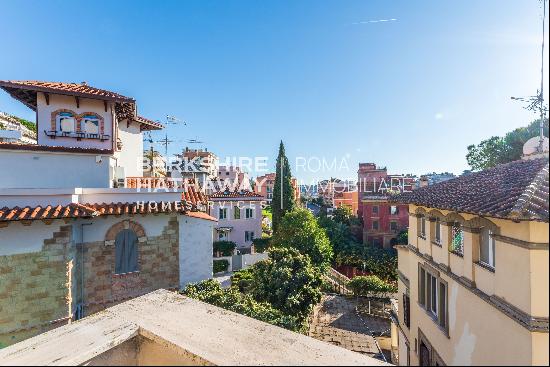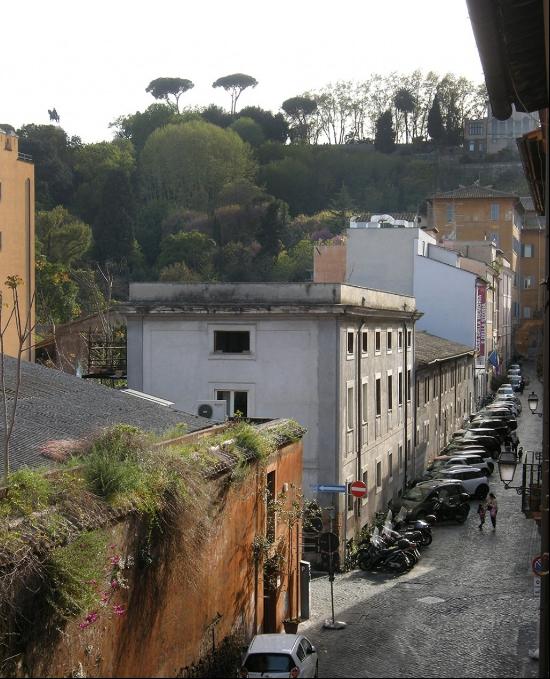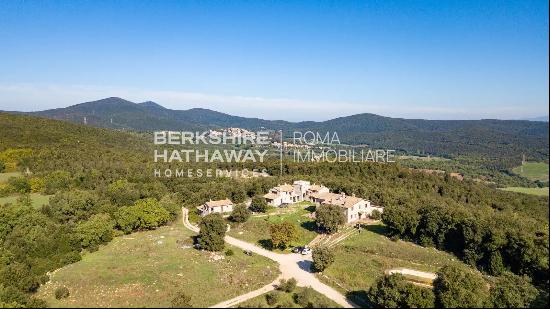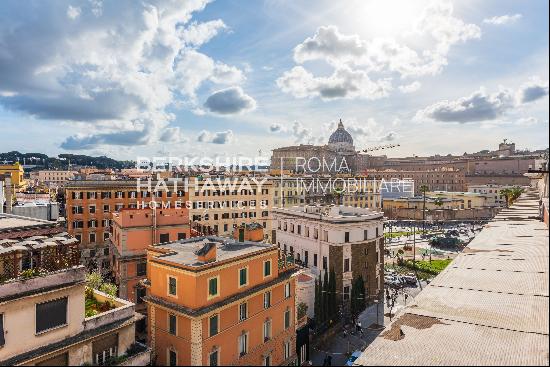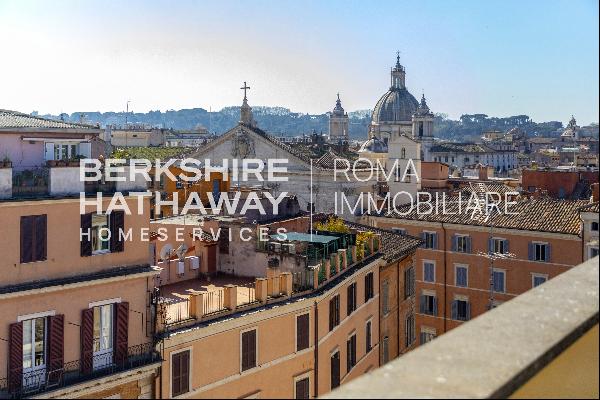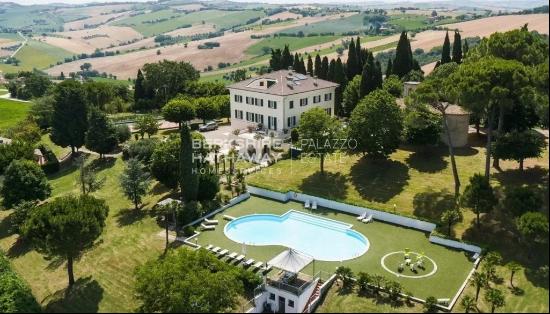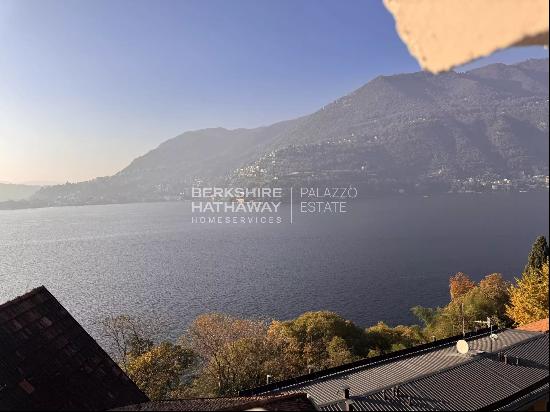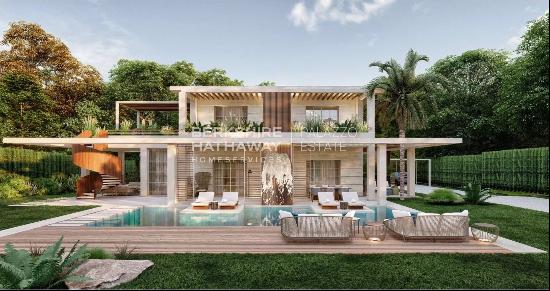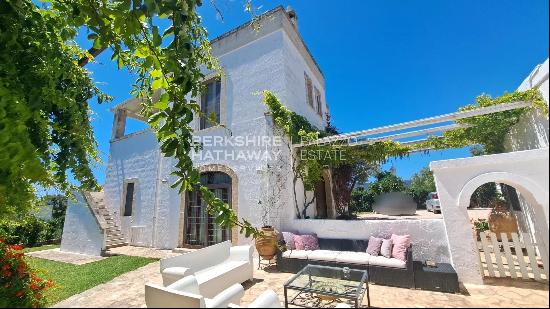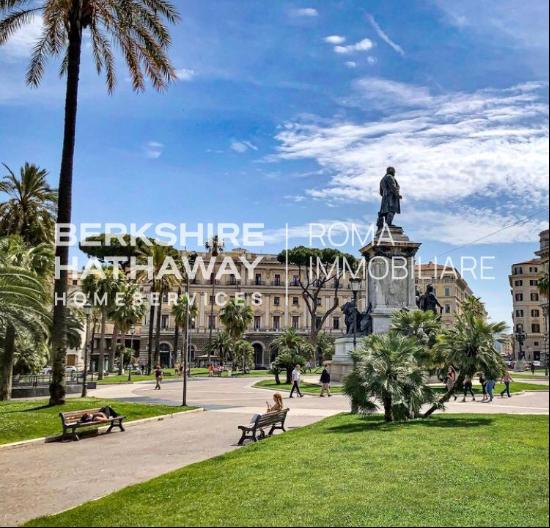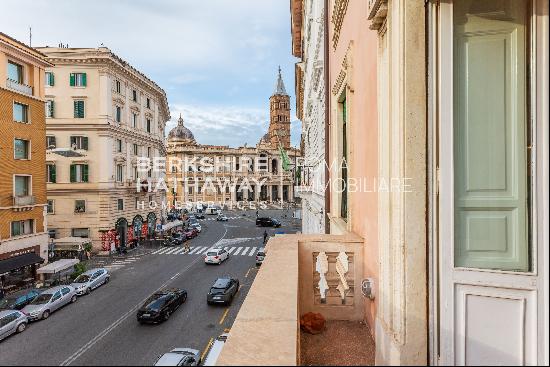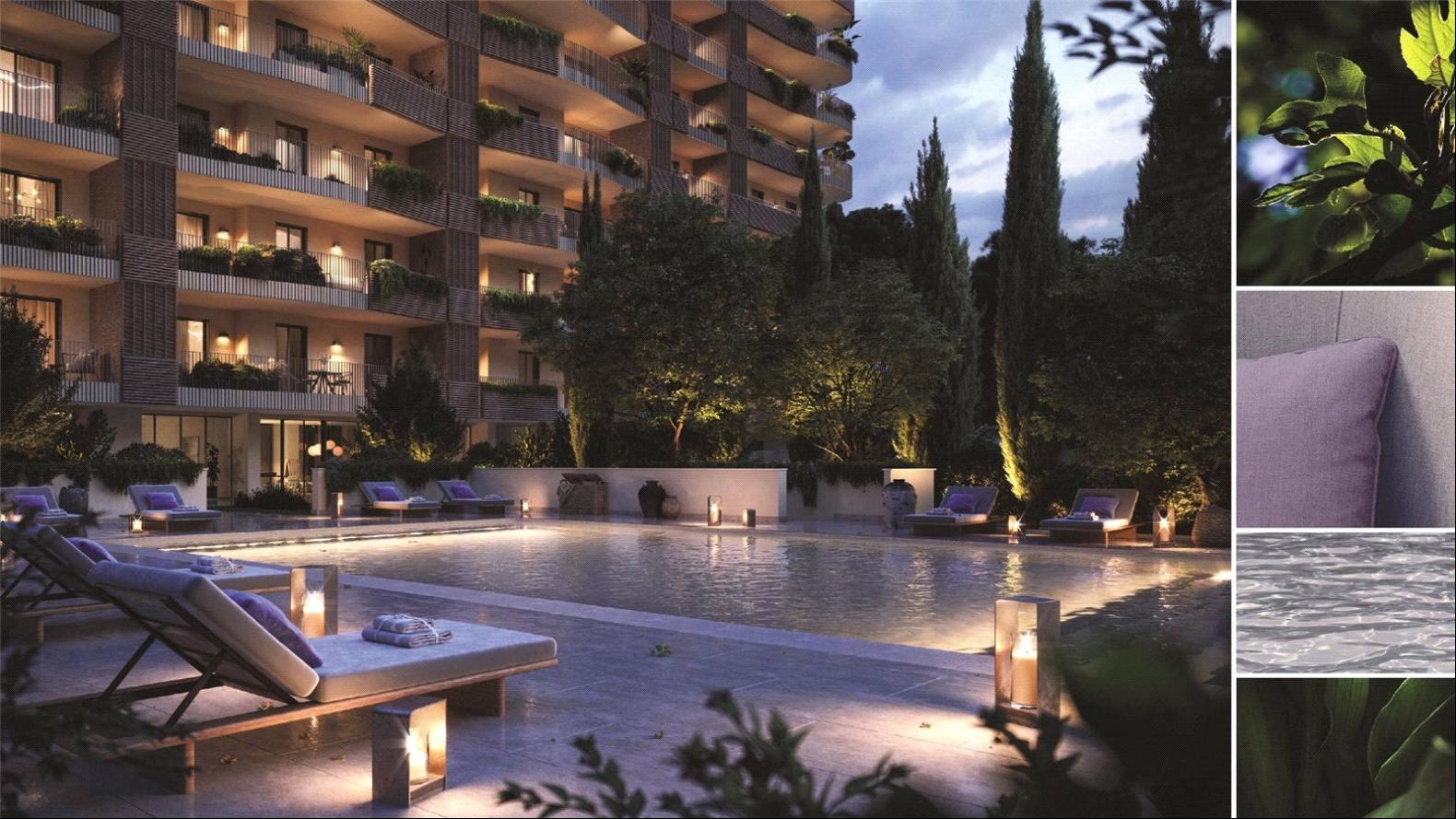
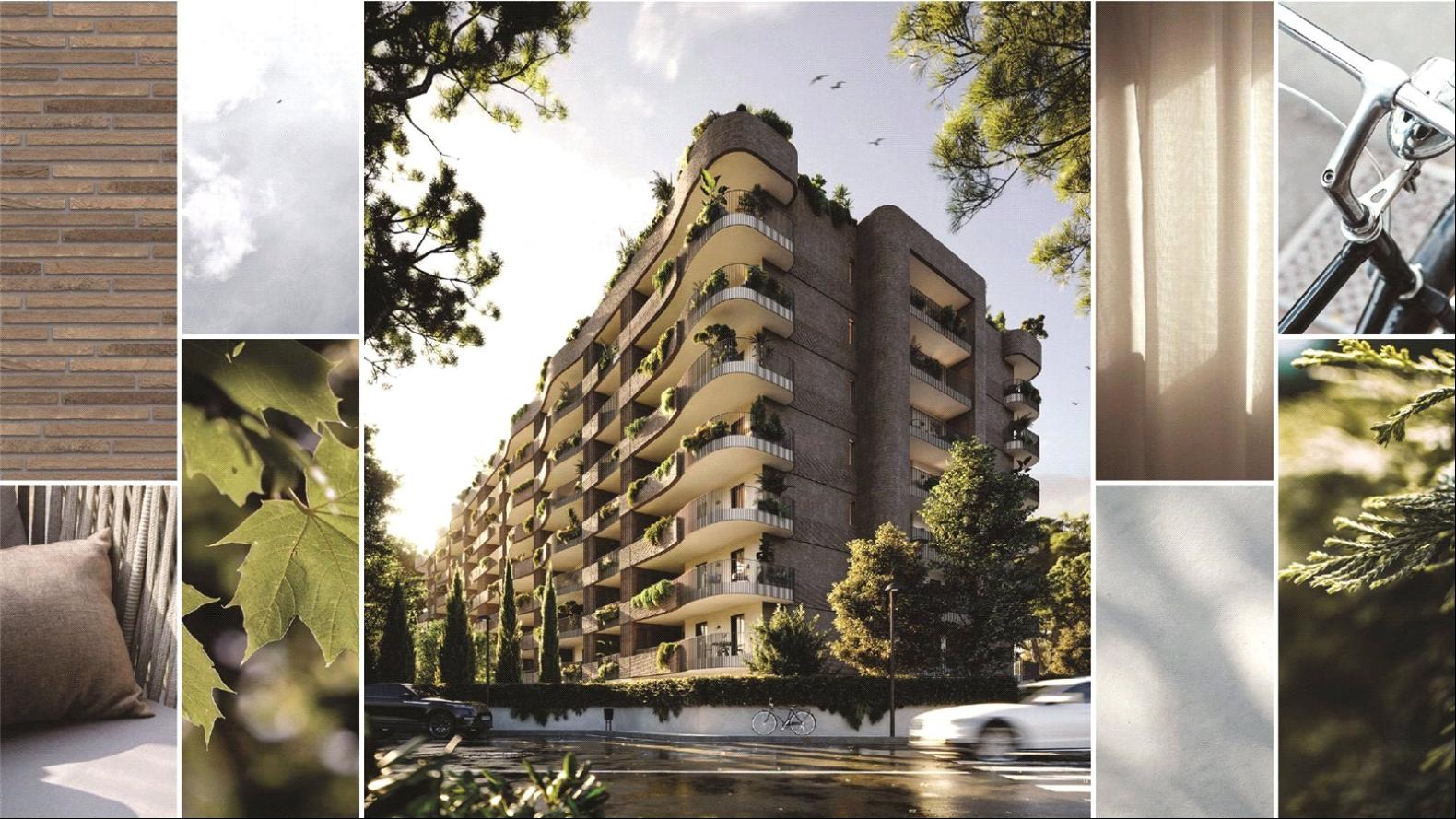
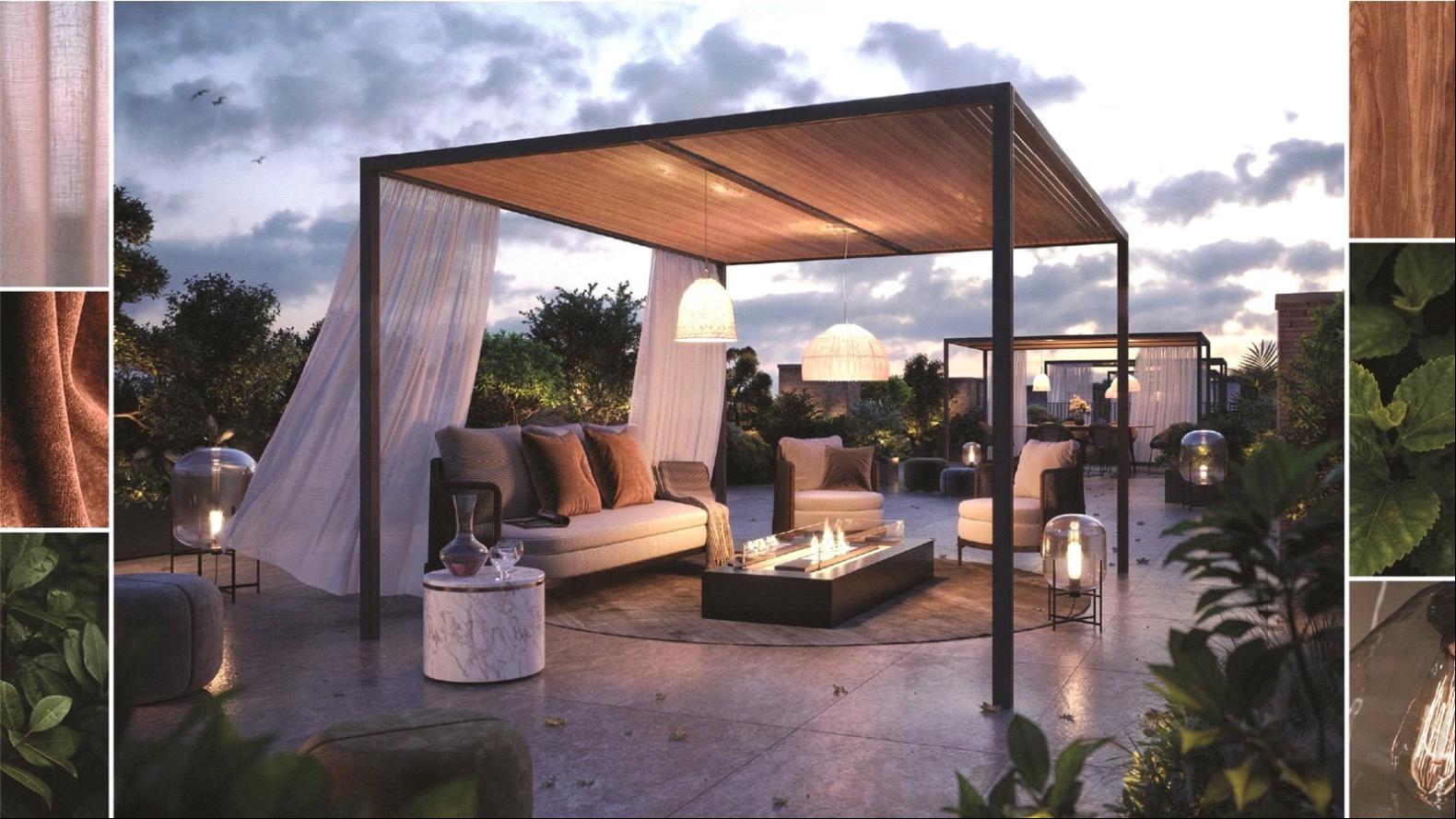
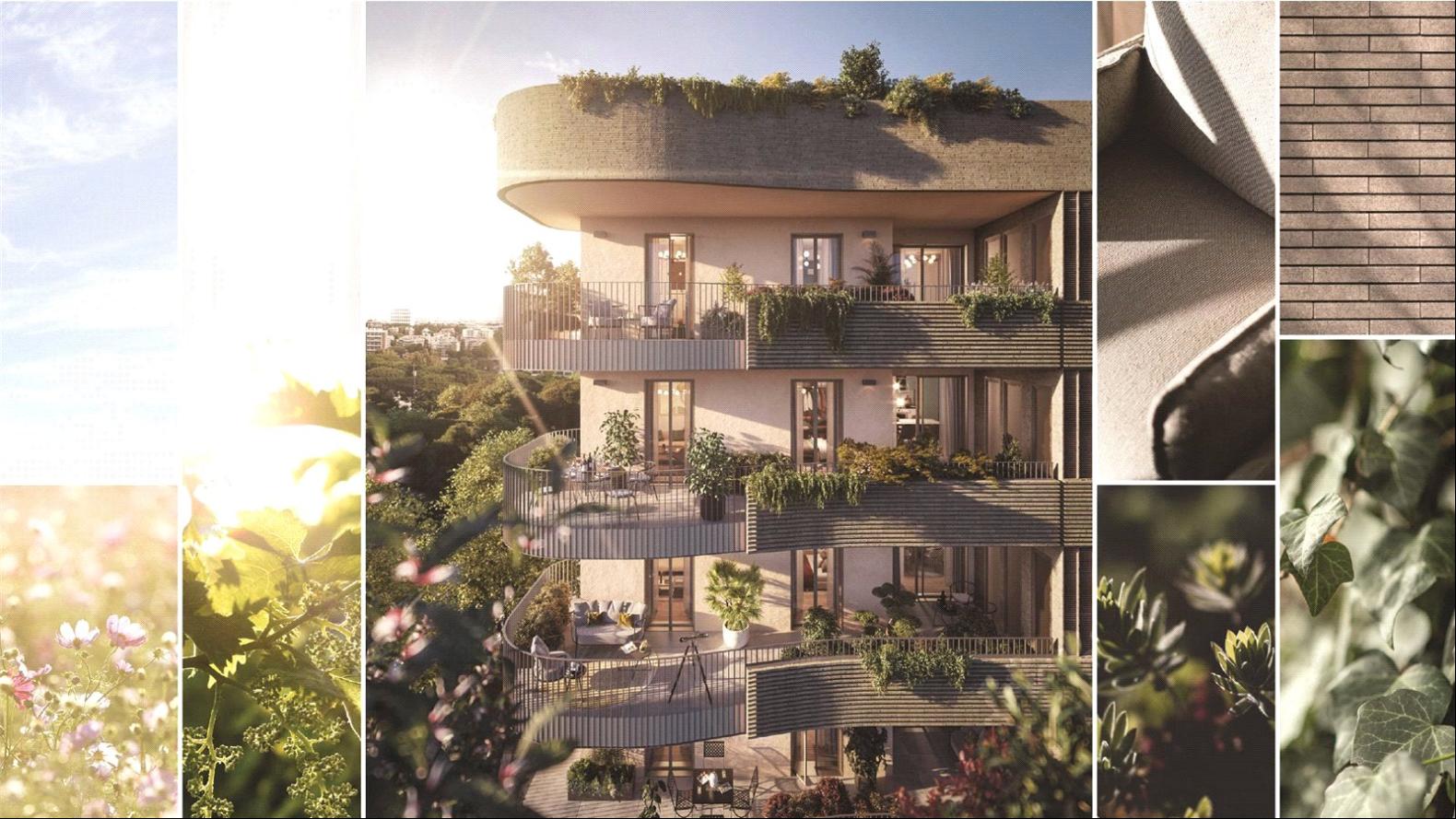
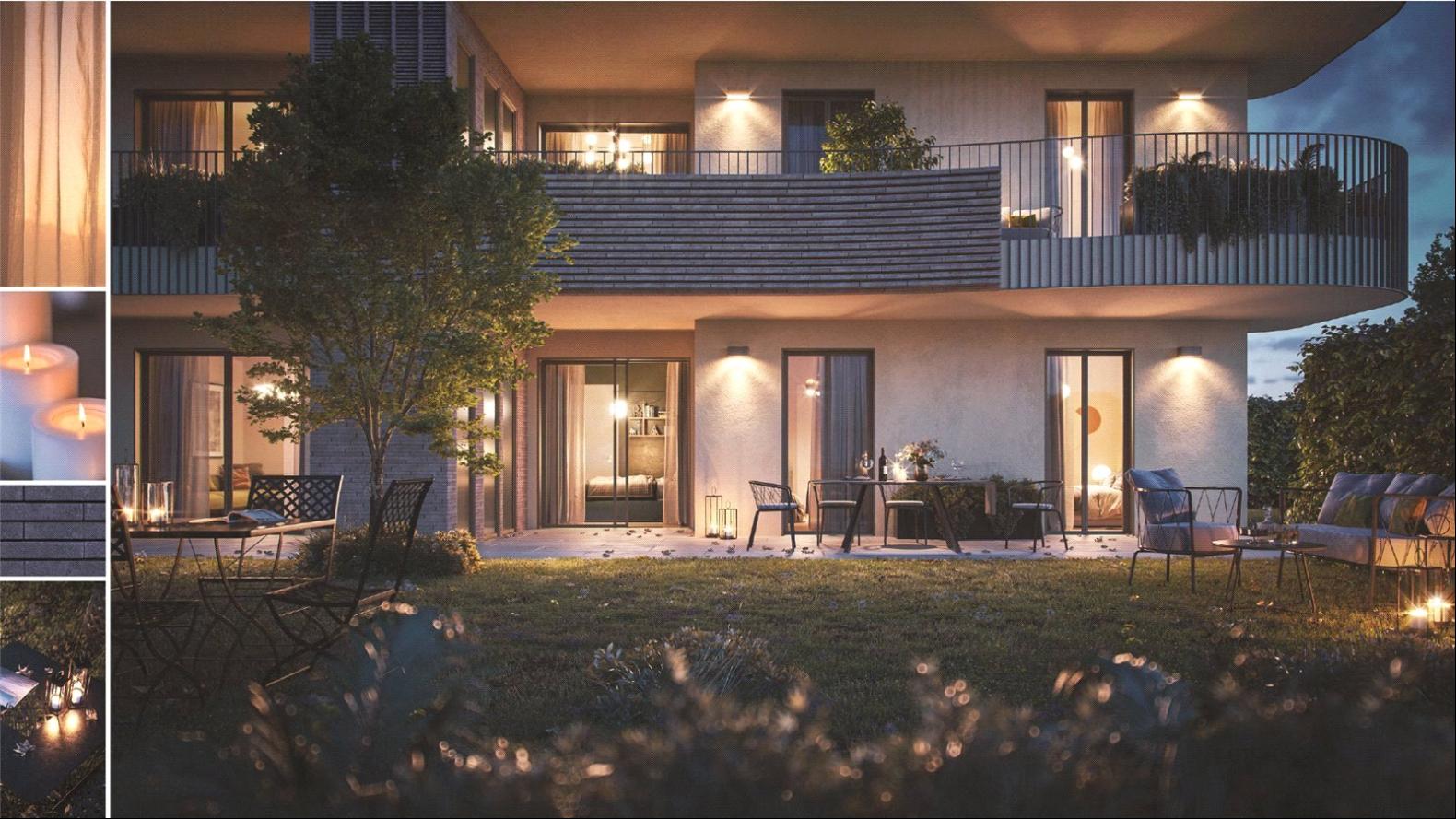
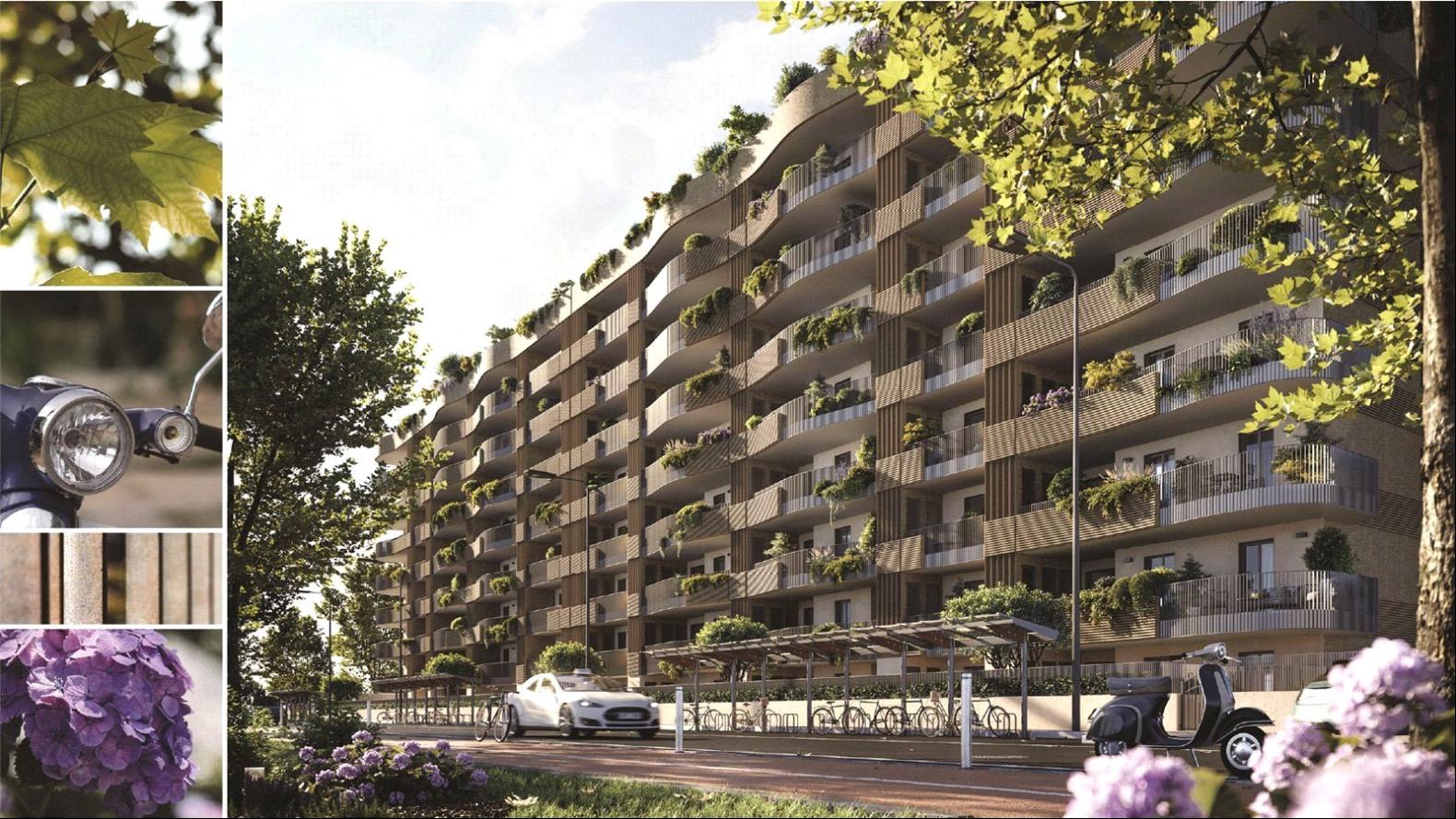
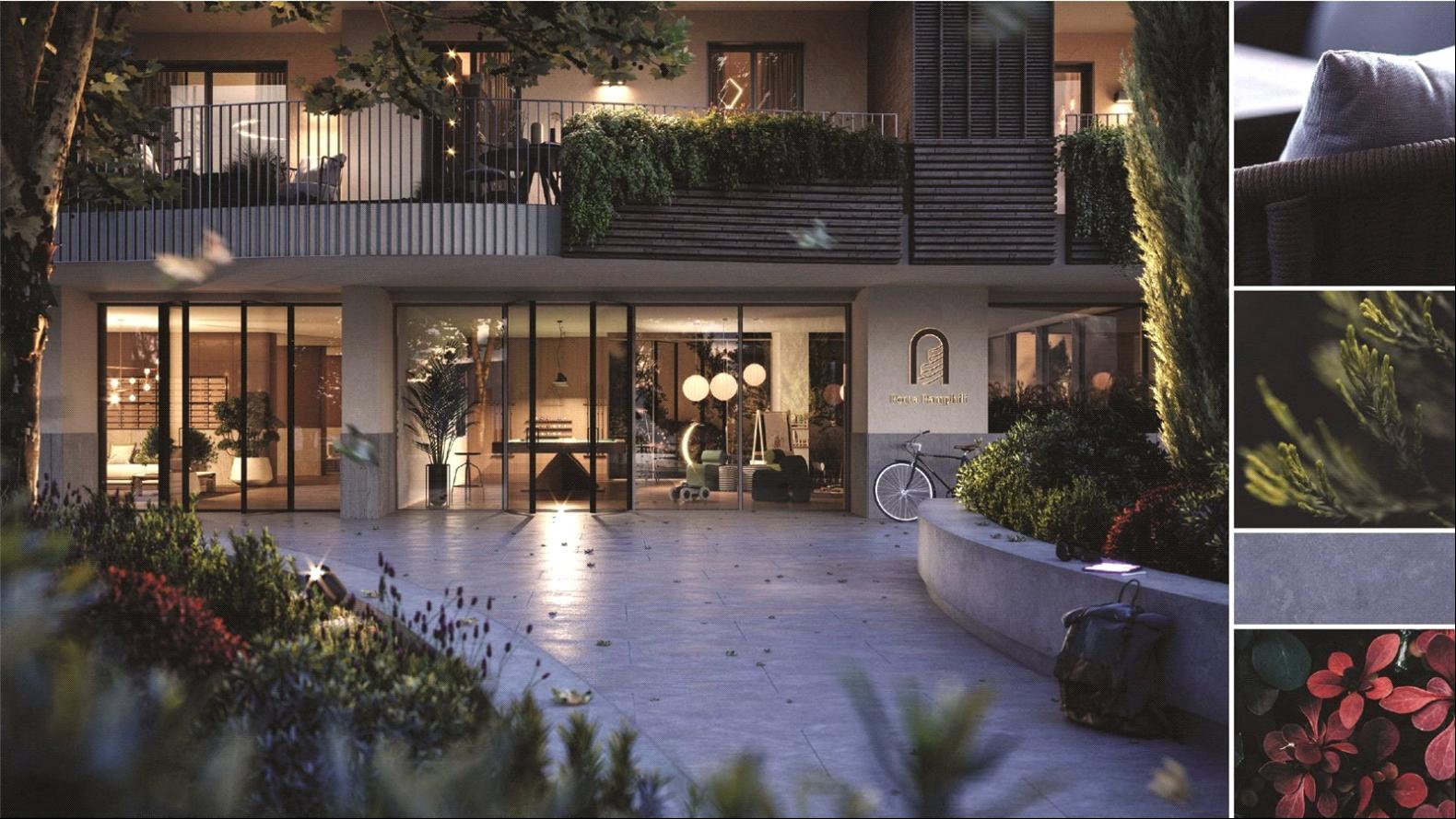
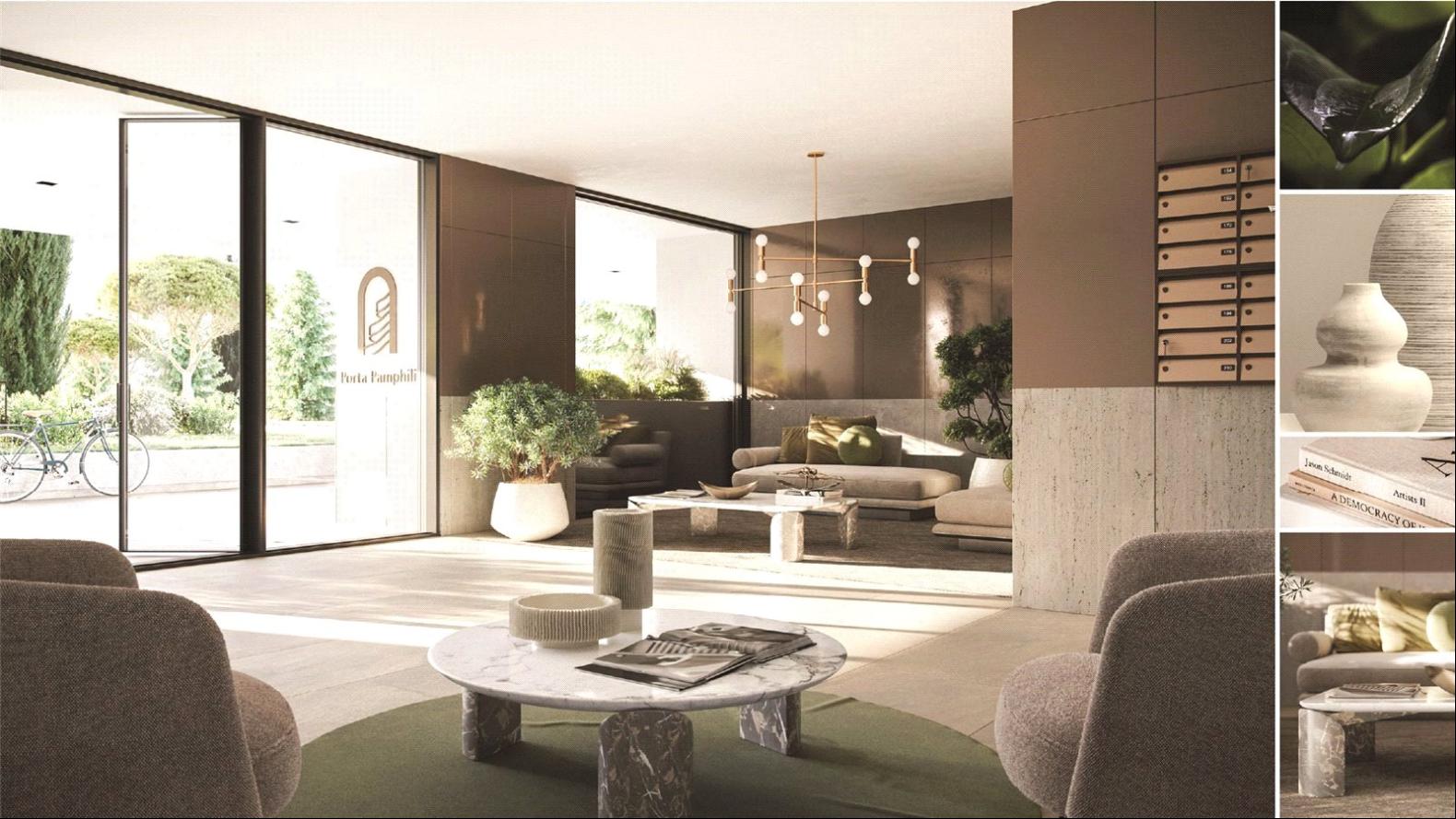
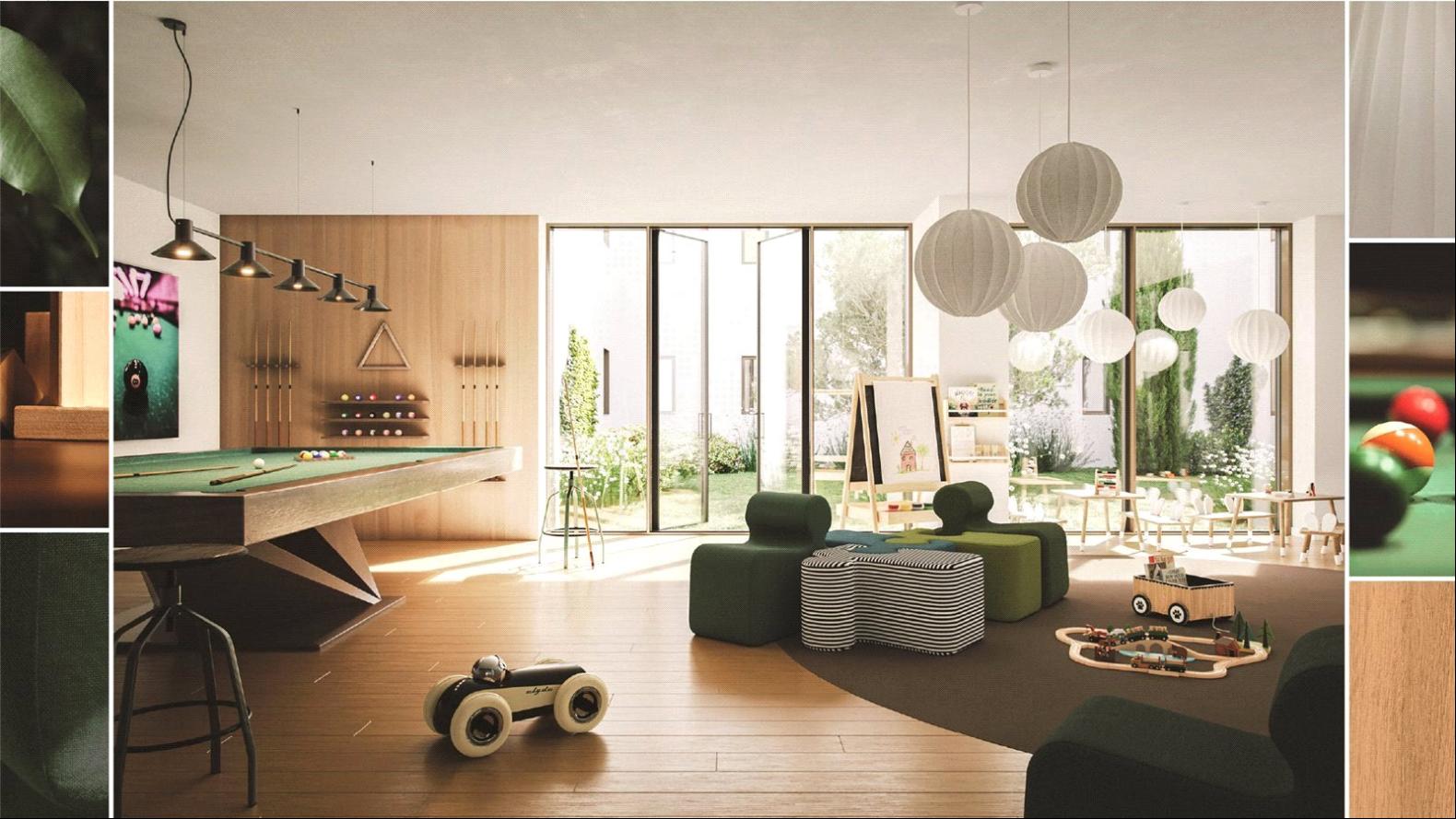
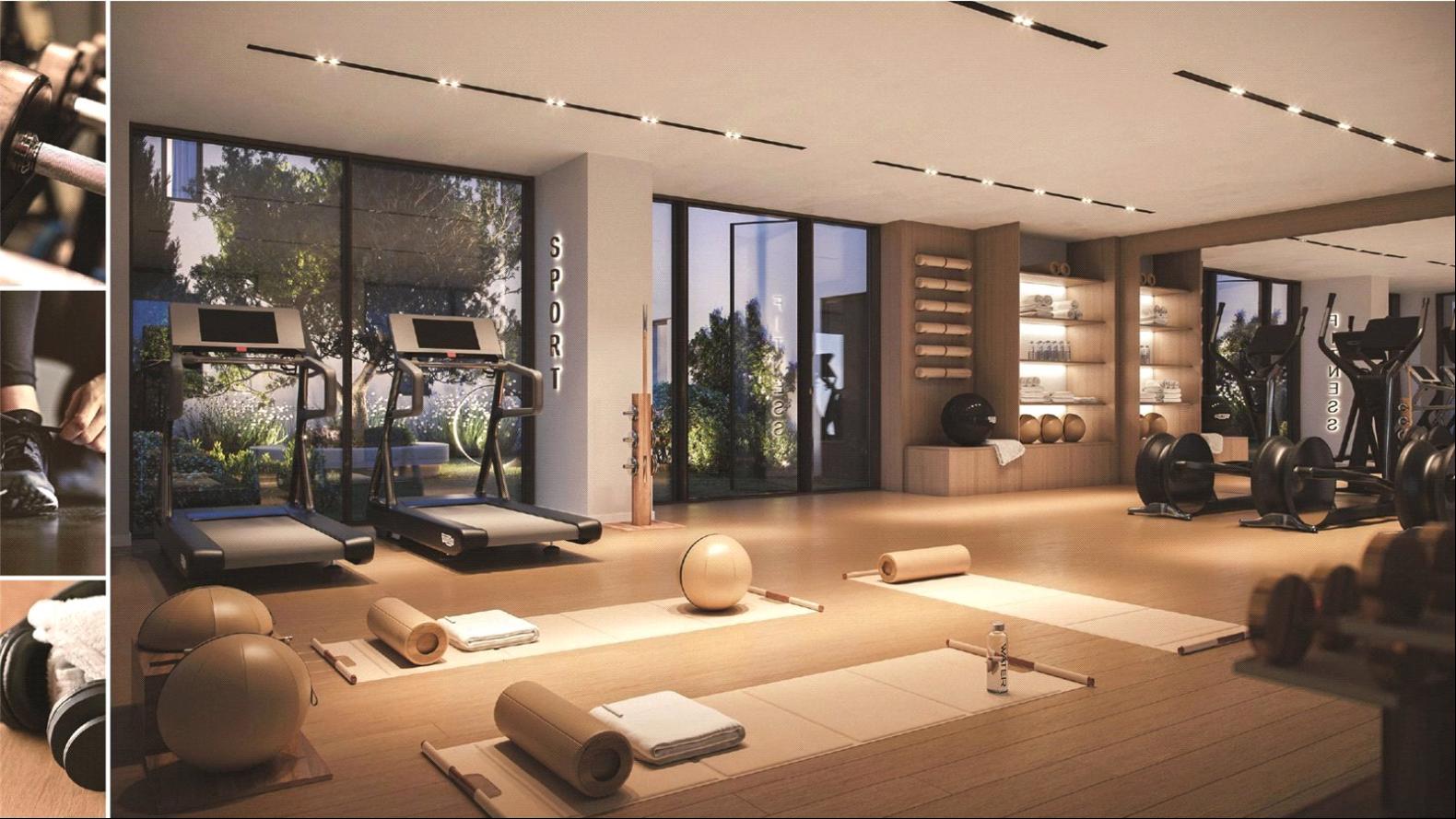
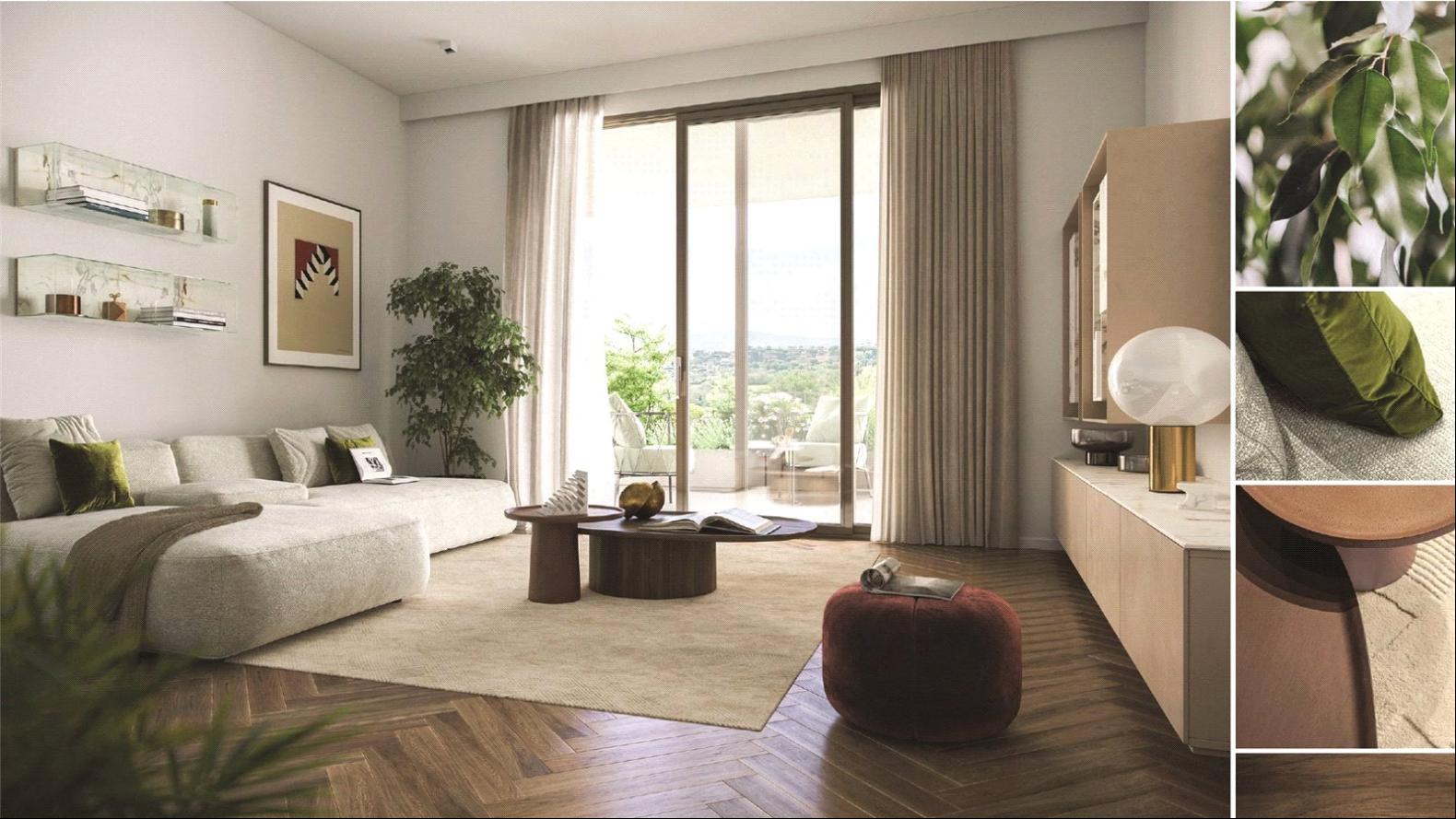
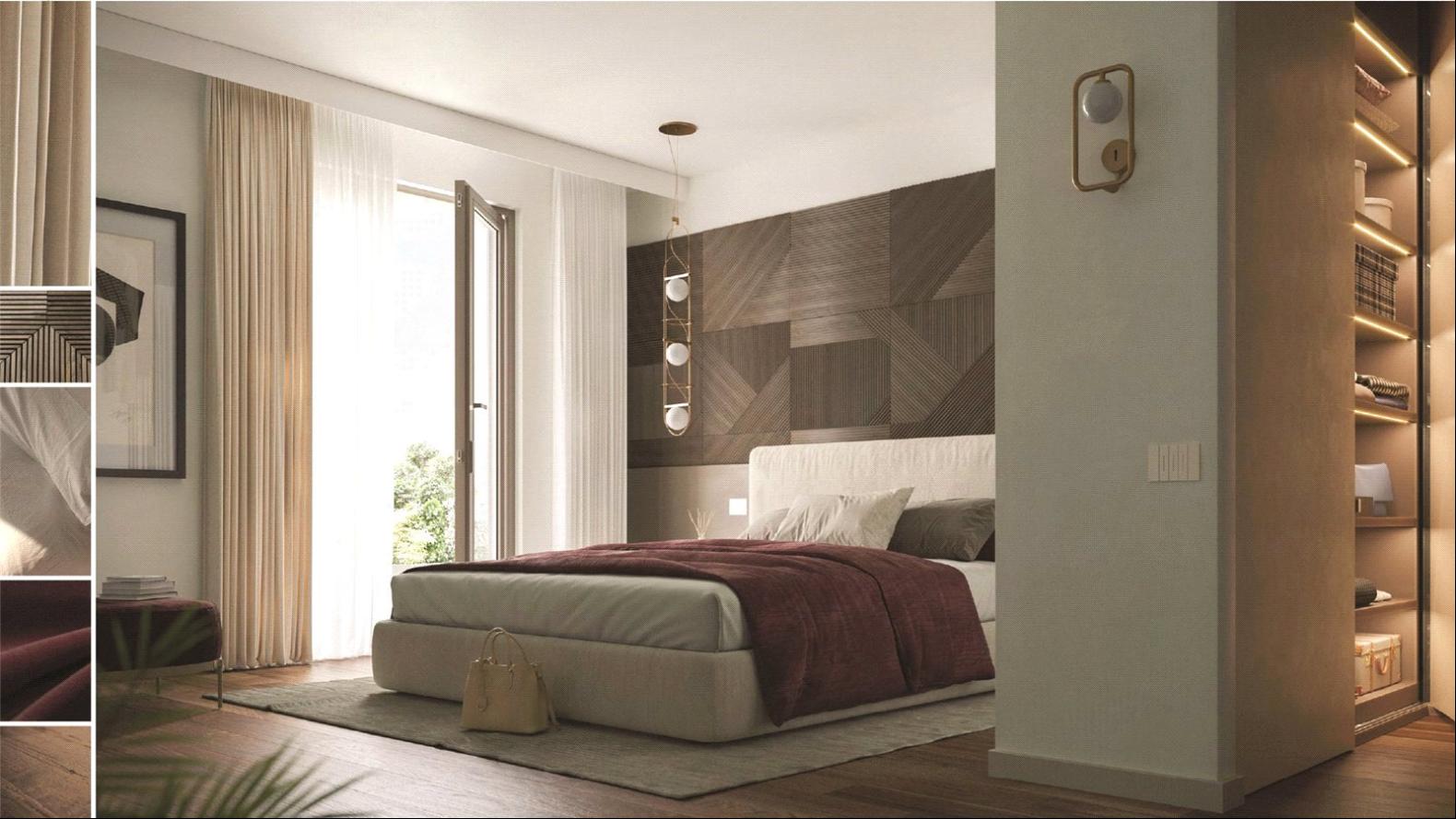
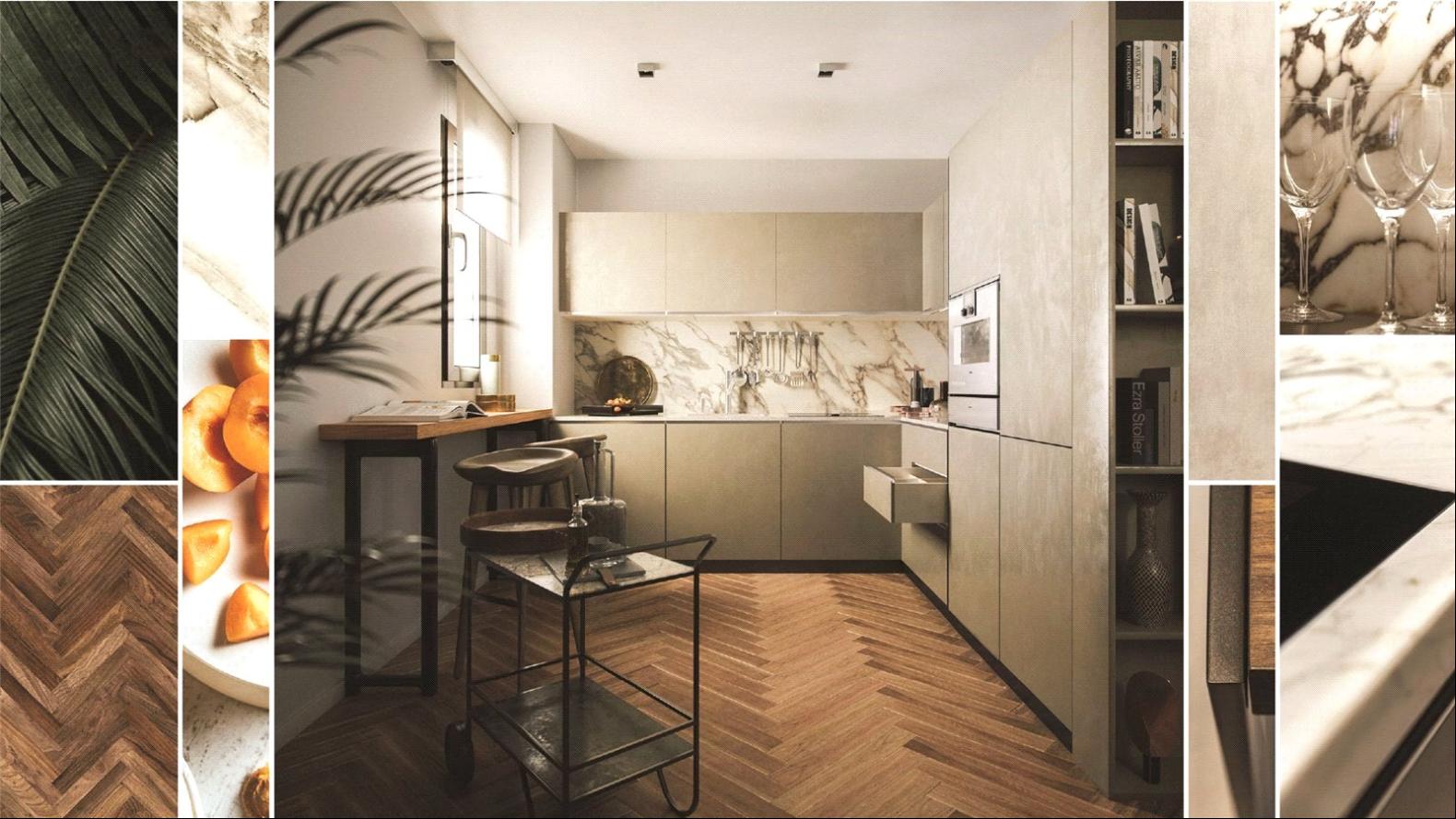
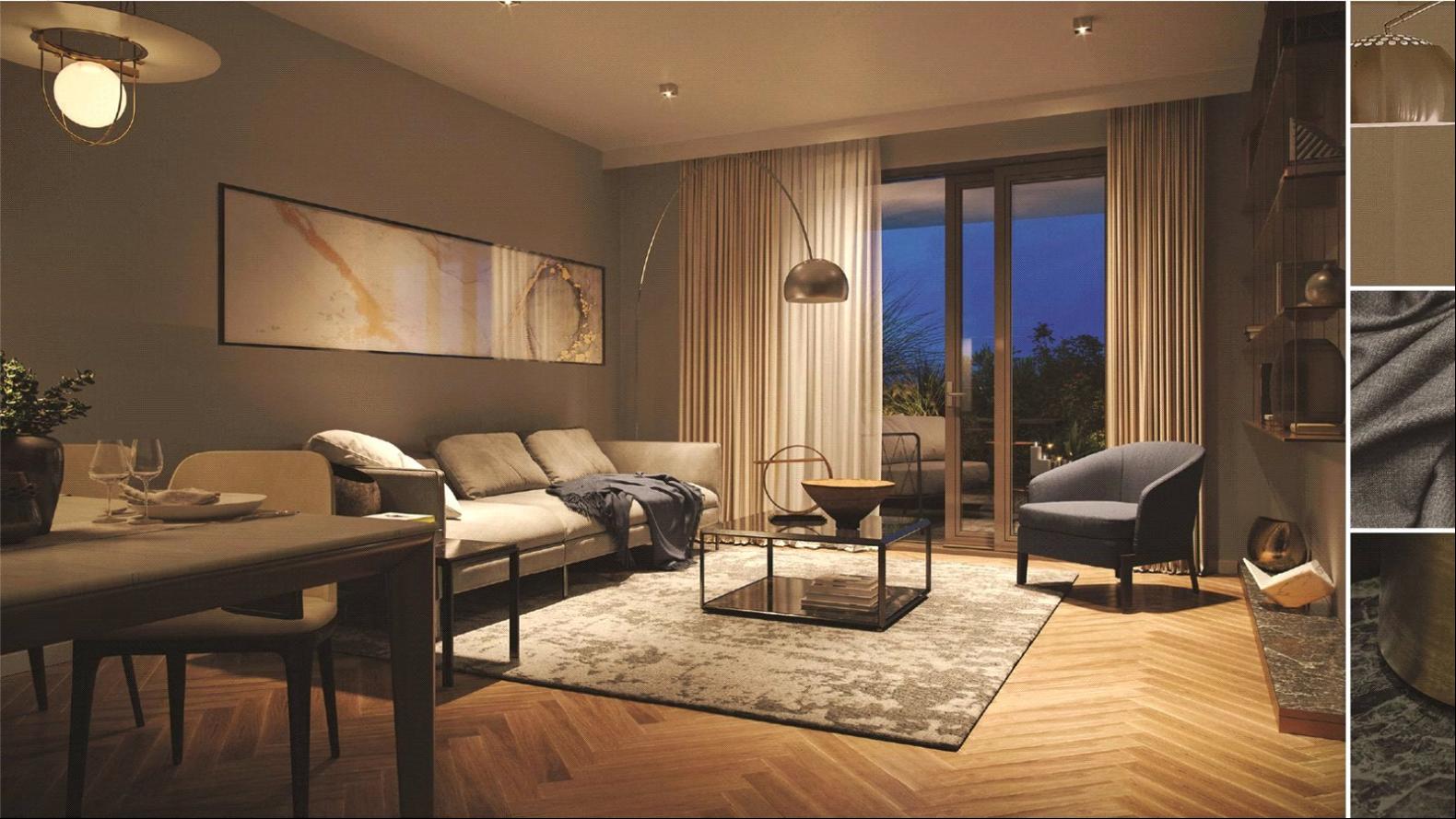
- For Sale
- Guided Price: EUR 606,000
- Build Size: 1,389 ft2
- Property Type: Apartment
- Bedroom: 3
Description
The project revolves around urban regeneration: it aims to return a range of new spaces to the neighbourhood, complete with city-serving facilities. This residential complex is just one facet of a broader sustainable real estate initiative, designed to meet the area's needs. In a context marred by neglect, the project lays the foundation for timely social and economic revitalization, naturally enhancing the quality of life for its residents.
The project is situated on the outskirts of the Valle dei Casali Reserve, a natural haven with significant strategic and environmental importance for those residing in the western quadrant of the city. To enhance its utility, the park, underutilised by locals, will undergo micro-regeneration initiatives. These include the development of new housing (Porta Pamphili) and a kindergarten. A brand new park entrance will also be built, facilitating the reconnection for nearby residents with a key green space in the city. This initiative aims to make the adjacent nature trail and the forthcoming cycle lane behind the complex accessible to everyone, promoting broader community use.
The residential buildings will comply with the latest energy efficiency standards in the market. A 50 KWp photovoltaic system on the communal roof will provide electricity to amenities and communal areas. Each unit will include underfloor heating and cooling systems. Additionally, individual MVHR units, controlled by thermostats and humidity sensors, will ensure comfort and energy conservation, showcasing a commitment to sustainability practices.
The project places significant emphasis on spatial integration, not only at the urban level but also on a finer scale. A closer look reveals a strong connection between the development and the surrounding area. Drawing inspiration from the nearby "Buon Pastore," a historic complex dating back to the early 20th century, the project incorporates terracotta, travertine, curved lines, and a brick façade. These elements pay homage to the adjacent forms and materiality, creating a natural, undulating aesthetic reminiscent of organic shapes. This design not only aligns with the historical context but also embodies the eco-sustainable and energy-efficient principles inherent in the project.
By laying the groundwork for future, deeper regeneration in the area, the residential complex and adjacent spatial redevelopment will contribute to the purposeful transformation of an urban area. Future residents will be able to benefit from a variety of public and private services, including the amenities provided by the project. This will guarantee a high standard of living and enable them to develop stronger and more meaningful neighborly relationships.
The project revolves around urban regeneration: it aims to return a range of new spaces to the neighbourhood, complete with city-serving facilities. This residential complex is just one facet of a broader sustainable real estate initiative, designed to meet the area's needs. In a context marred by neglect, the project lays the foundation for timely social and economic revitalization, naturally enhancing the quality of life for its residents.
The project is situated on the outskirts of the Valle dei Casali Reserve, a natural haven with significant strategic and environmental importance for those residing in the western quadrant of the city. To enhance its utility, the park, underutilised by locals, will undergo micro-regeneration initiatives. These include the development of new housing (Porta Pamphili) and a kindergarten. A brand new park entrance will also be built, facilitating the reconnection for nearby residents with a key green space in the city. This initiative aims to make the adjacent nature trail and the forthcoming cycle lane behind the complex accessible to everyone, promoting broader community use.
The residential buildings will comply with the latest energy efficiency standards in the market. A 50 KWp photovoltaic system on the communal roof will provide electricity to amenities and communal areas. Each unit will include underfloor heating and cooling systems. Additionally, individual MVHR units, controlled by thermostats and humidity sensors, will ensure comfort and energy conservation, showcasing a commitment to sustainability practices.
The project places significant emphasis on spatial integration, not only at the urban level but also on a finer scale. A closer look reveals a strong connection between the development and the surrounding area. Drawing inspiration from the nearby "Buon Pastore," a historic complex dating back to the early 20th century, the project incorporates terracotta, travertine, curved lines, and a brick façade. These elements pay homage to the adjacent forms and materiality, creating a natural, undulating aesthetic reminiscent of organic shapes. This design not only aligns with the historical context but also embodies the eco-sustainable and energy-efficient principles inherent in the project.
By laying the groundwork for future, deeper regeneration in the area, the residential complex and adjacent spatial redevelopment will contribute to the purposeful transformation of an urban area. Future residents will be able to benefit from a variety of public and private services, including the amenities provided by the project. This will guarantee a high standard of living and enable them to develop stronger and more meaningful neighborly relationships.


